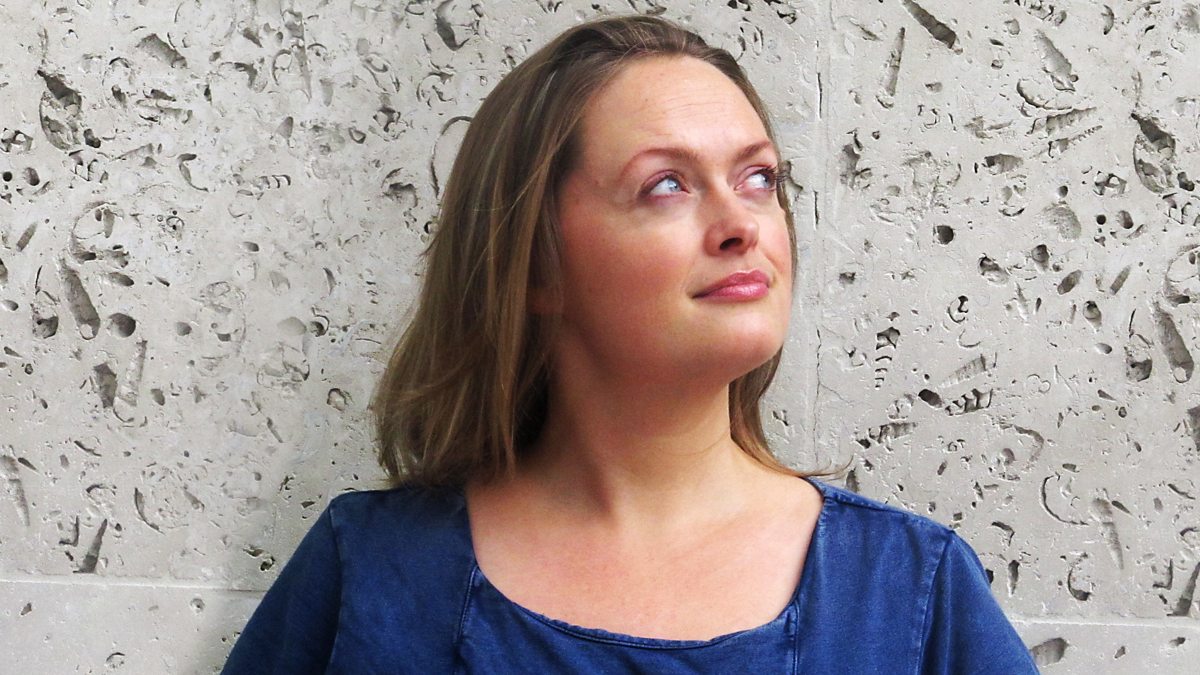- Joined
- Jun 12, 2018
- Messages
- 1,541
From the Science daily article, it says "We used to think of each neuron as a sort of whistle, which either toots, or doesn't," Prof. Schiller explains. "Instead, we are looking at a piano. Its keys can be struck simultaneously, or in sequence, producing an infinity of different tunes."
This certainly sounds like how quantum computers are supposed to work, which would explain how any brain has so much computing power for such a tiny size and minimal power requirements.
This makes it difficult to compare a quantum run program with one run with digital logic.
Looking at it metaphorically, a quantum computer uses calculus to eloquently compute results while a digital machine uses long hand algebra and geometry to crudely perform similar computations. If a digital machine is big enough, it could mimic a quantum machine's results, but mimicking is not always the thing as the original.
This certainly sounds like how quantum computers are supposed to work, which would explain how any brain has so much computing power for such a tiny size and minimal power requirements.
This makes it difficult to compare a quantum run program with one run with digital logic.
Looking at it metaphorically, a quantum computer uses calculus to eloquently compute results while a digital machine uses long hand algebra and geometry to crudely perform similar computations. If a digital machine is big enough, it could mimic a quantum machine's results, but mimicking is not always the thing as the original.





